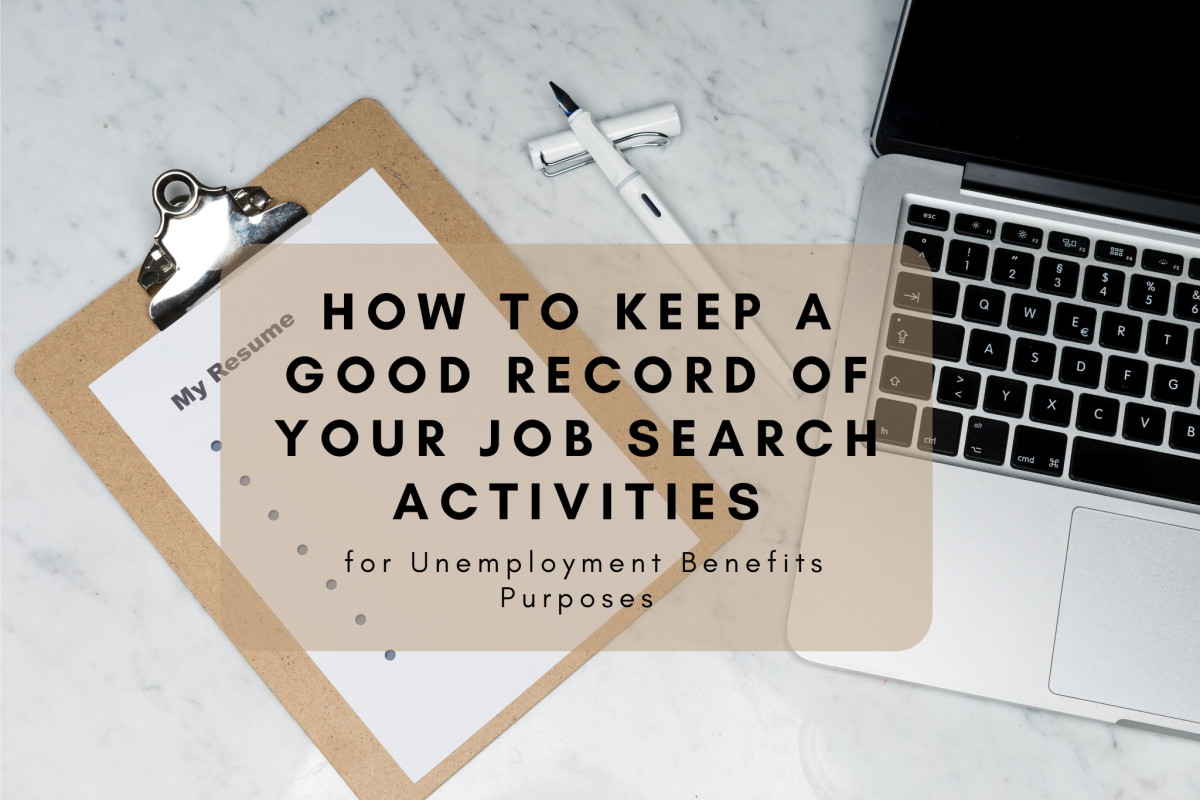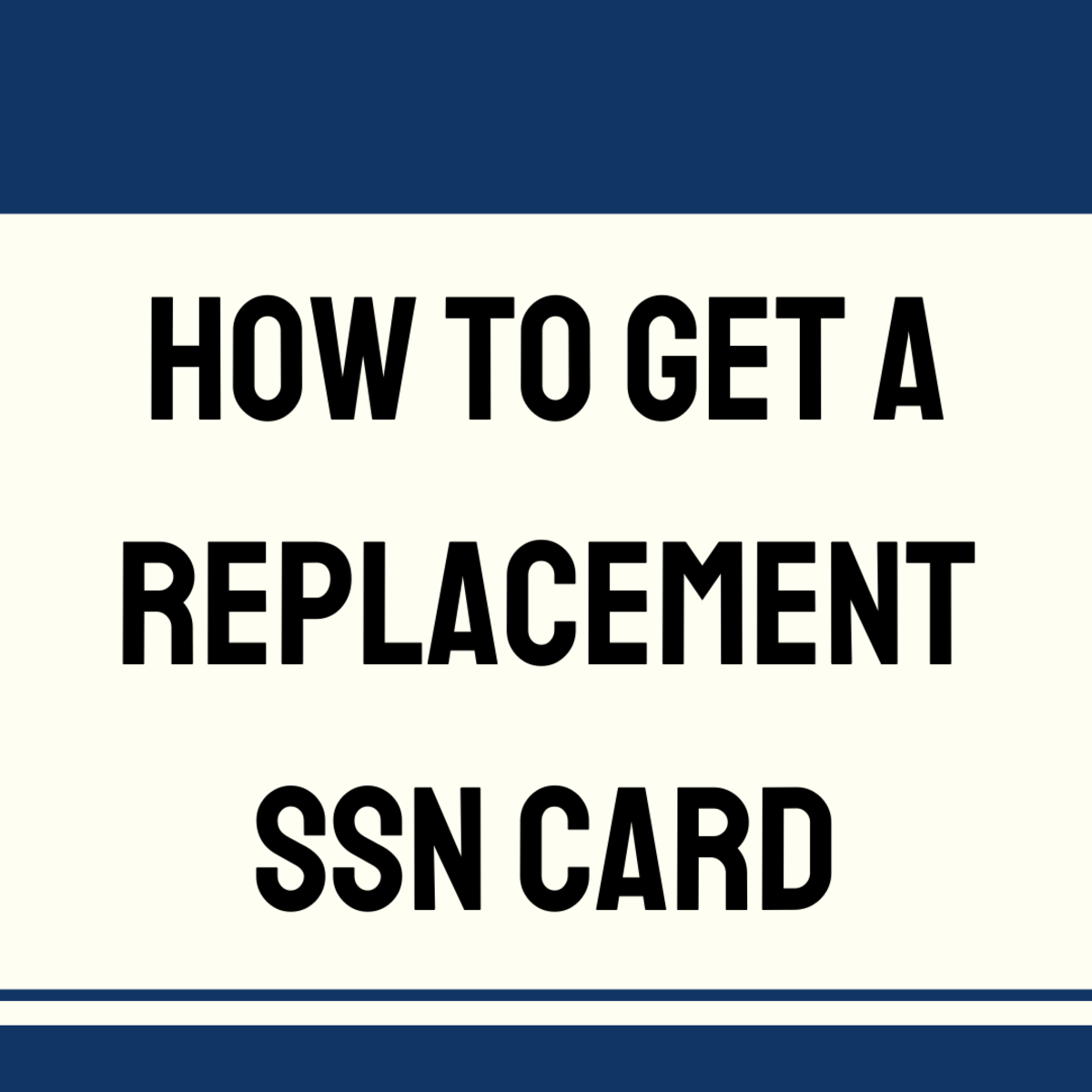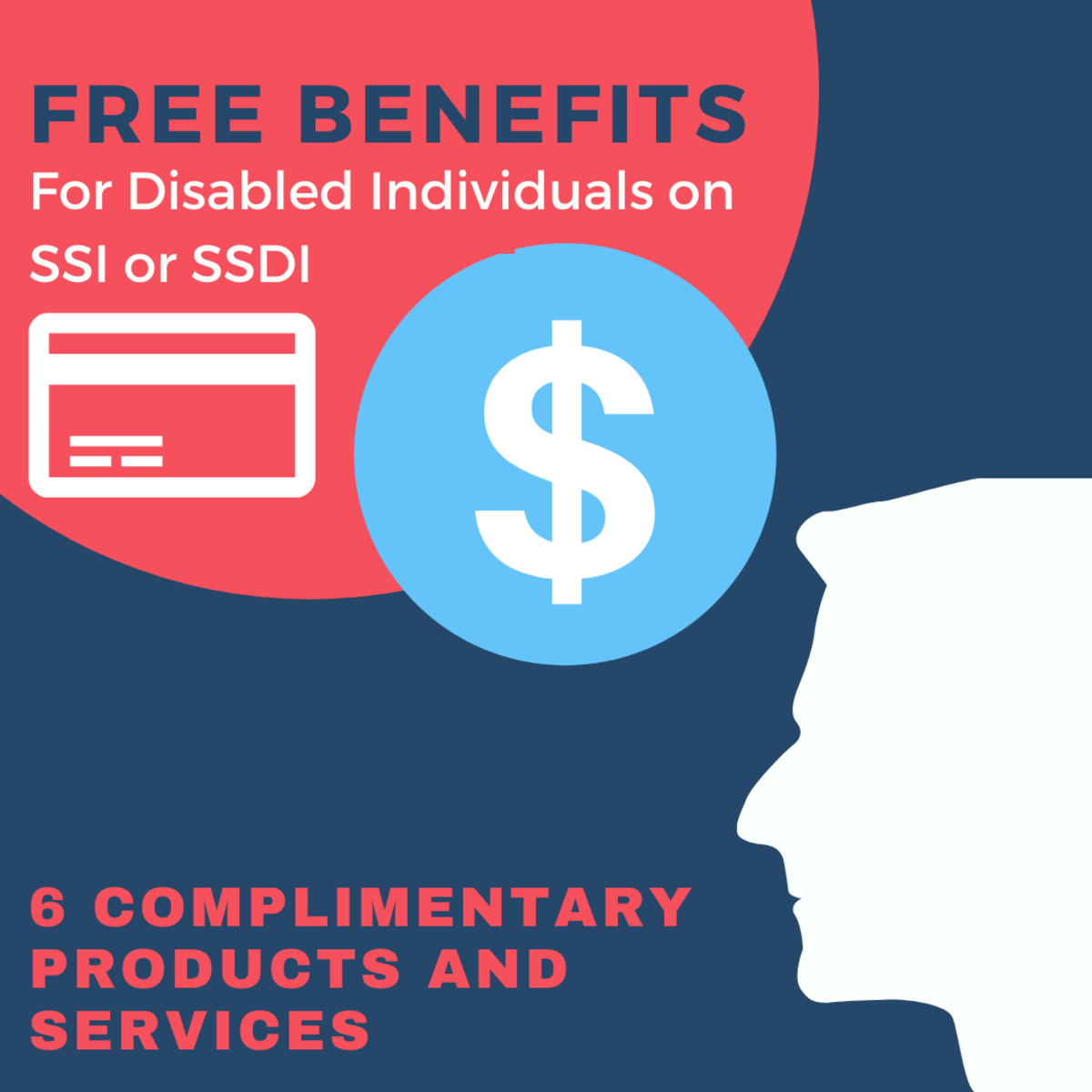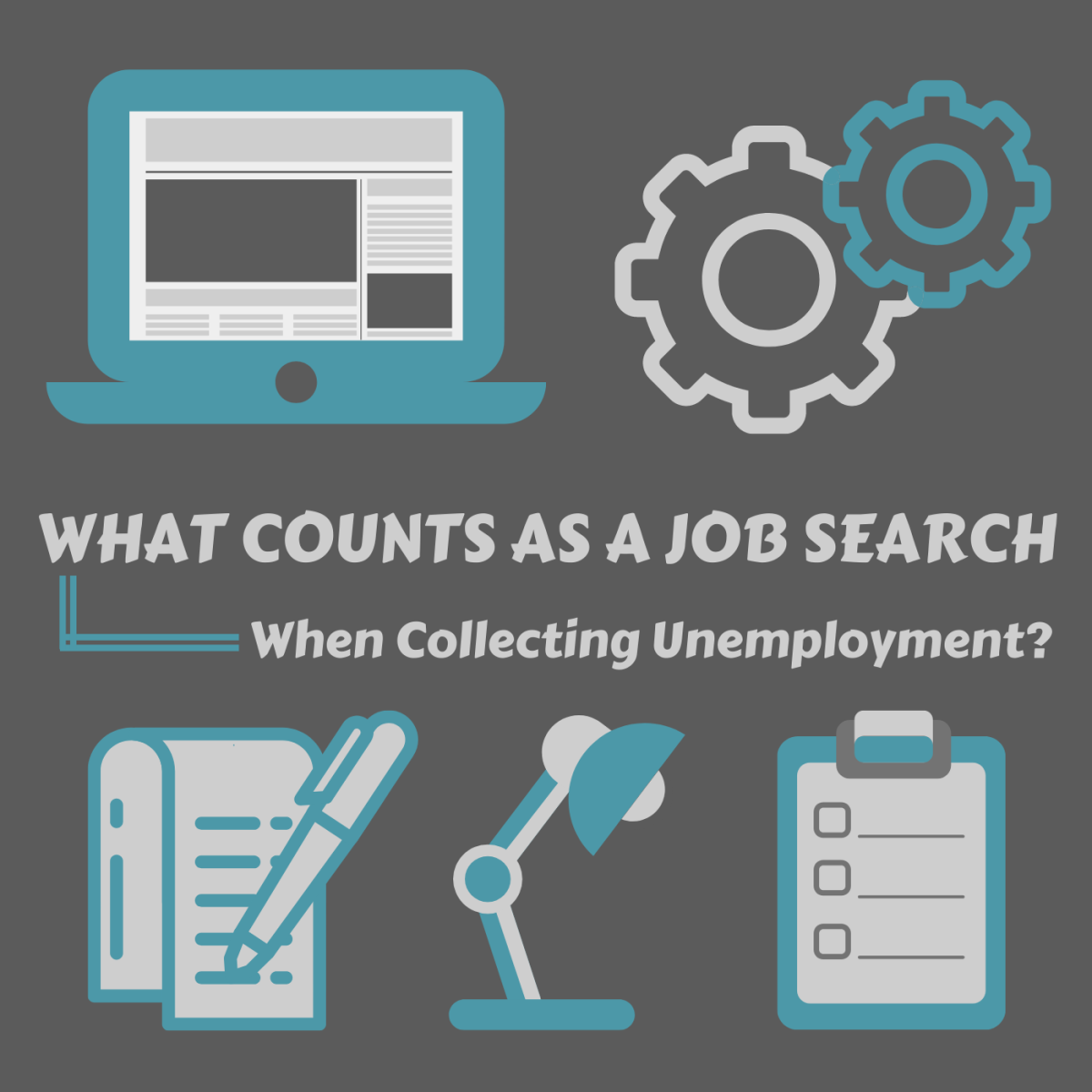Social Security Administration Disability Filing Information
#1 ADVICE: Write Down Your D# (Adult Disability Report) and Your Application # - THIS IS VERY IMPORTANT!! If you are struggling to find something, exit and enter later. Save your Adult Disability Report as you go along. You cannot finish it in one day; it will most likely take you a week. Don’t lose entered information. SAVE!
#2 ADVICE: Keep track of everything in a binder. Follow up by phone, in person, and by mail to find out your status frequently. Bug them, so that they might hurry things along.

Step 1: The Application
What you will need:
Question: During the last 14 months, were you unable to work because of illnesses, injuries or conditions that have lasted or are expected to last at least 12 months or can be expected to result in death? (Answer Yes or do not file for disability)
Date you were unable to work. (This date is very important. Make sure it is correct).
Self-explanatory questions regarding personal identification.
Self-explanatory questions on marriage and children.
Employer Details
- Worked for <who> and <which years>?
- Name, address, employment dates
Self-Employment details, supplemental information, and pensions/annuities.
It will ask you the total of all wages and tips for the past 3 years (separately), so you will need to calculate this out.
It will ask you the direct deposit bank information, so have that handy. This will be needed for when you receive your checks.
It will ask about any other Social Security benefits you are attempting to apply for. It is important to answer these questions correctly.
It gives you a couple places on the application to describe your disability. Put your illnesses in order of severity.

Step 2: Authorization for Release of Medical Information
You will need a witness to sign with you, but otherwise just sign and send in asap.

Step 3: Work Activity Report
This report will also require a witness to sign. You will need to enter your previous employer’s names, the year you worked there, and your earnings. Put your name and SS# on each page you submit to the SSA so they don’t lose them.
Again, it will ask you to describe your work activity since <your disability date>.
If you have not worked since that date, it will ask about the types of payments you have received since then from that employer, the name and address, the amount, and the dates you worked there.
If you have worked since that date, you will need the employer’s name, phone number, fax number, job title, type of work, address, employment dates, rate of pay, hours worked per week, and payment information. There are 2 choices for payment information (proof). One is to enclose (a copy) pay stubs or gross wage print outs. The other way is to fill in their spreadsheet as best you can with the knowledge you have. Their spreadsheet asks for the month and year you earned the money and the amount earned during this period. You may need to attach additional pages.
The SPECIAL CONDITIONS section is where you can enter everything. You may have had to get additional help with something without realizing it due to your disability. Brainstorm. Think of all the ways in which your disability affected your work life. How were you different from other employees? This section will ask you a long series of questions to which you need to list the employer’s name, date, and a description of the special condition. They also give you two blank ones to fill in as you see fit.
The next section asks about job changes. You will need the employer’s name, dates, and reasons for changes in work activity (just check your condition – you don’t have to write anything). Below this section there is a large space for you to enter your notes. This is a good time to explain about your poor performance due to your disability. Fill it up. You may want to send the SSA your poor performance reports if you have any to show proof of these things.
The last SSA section is regarding money you have spent that you did not get reimbursed for by your employer. This is money that was needed for your disability.

Step 4: Adult Disability Report
The basics of the report:
- Basic Personal Information
- Third Party Contact who knows of your condition
- (10 Max.) Conditions, height, weight
- Doctors – Name, clinic, address, phone, ID#, dates of visits, medical conditions, and treatments received.
- Hospitals/Clinics – Name, name of health care professional providing treatment, address, phone, ID#, emergency room visits, dates of ER visits, dates of inpatient stays, dates of outpatient stays, medical conditions treated, and treatments received.
- Tests – kind of test, date of test, who sent for test (doctor), and if this test was ordered more than once.
- Medicines – Name, reason, and prescribing doctor
- Other medical records – a place to be vague if you do not know where your records are or how to obtain them
- Sign a medical release
- Basic Work Information
- Job History
- Education and training information
- A large section of “Remarks” to explain any of the above

Step 5: Authorization to Disclose Information to the SSA
Submit to the SSA asap.

Step 6: Medical Records
Send the SSA as many of your medical records as you can. If you do not have the actual records, try to speak to your doctors to get copies so you can send them in. This may be faster. You can also hire a free lawyer who can help expedite things along in getting your medical records. You need to get your medical records to the SSA asap in order for them to make a decision.

Step 7: Work History Report
Basic Information on the Work History Report:
- General Information about Identity
- Information about your work – Job title, type of business, dates worked.
- Detailed information about each job – Examples are pay, hours worked per week, description of job duties, tools, how much you had to move around, and supervisory requirements.
- Large remarks section to further explain anything from above.

Step 8: Function Report – THIRD PARTY
Basic Information about the Function Report completed by the Third Party:
- General information
- Information about your disability
- Information about your daily activities
- Information about Abilities
- Remarks
Information about your daily activities:
pets
|
personal care
|
meals
|
getting around
|
shopping
|
money
|
hobbies
|
interests
|
social activities
|

Step 9: Function Report
- Personal Information
- Information about your Daily Activities
- Medications and side effects
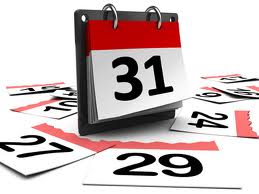
Step 10: Determination Department Notice
Once the SSA has the information it needs (paperwork from you), it will seek out the medical records, possibly with your help. You will receive notification of doctor’s appointments they may want you to go on or any decisions they have made regarding your case. You are required to send them any changes in your phone number, if you go to a doctor or hospital, any tests, medications, therapy, surgery, work, or new conditions that occur.
Steps to Filing Disability
Step 1: Application
|
Step 2: Authorization for Release of Medical Information
|
Step 3: Work Activity Report
|
Step 4: Adult Disability Report
|
Step 5: Authorization to Disclose Information to the SSA
|
Step 6: Medical Records
|
Step 7: Work History Report
|
Step 8: Third Party Report
|
Step 9: Function Report
|
Step 10: Determination Department Notice
|

Most important advice about speeding things up:
- If SSA asks something of you (to fill out a report, to send in information, etc.), do it as soon as you possibly can.
- Try to get your medical records and send them to the Determination Department or SSA. This will speed things up.
- 90% of applicants get denied the first time around. Having a lawyer on hand who knows your illnesses and whether you have a case or not will increase your chances of getting disability tenfold.
- KEEP A COPY of everything! Make sure you have a copy of every correspondence from your lawyer, from the SSA, and a copy of everything you have sent them along with the date you sent it. This is very important, as people tend to “lose” things, and gaining access to things like medical records is not very easy or inexpensive.



